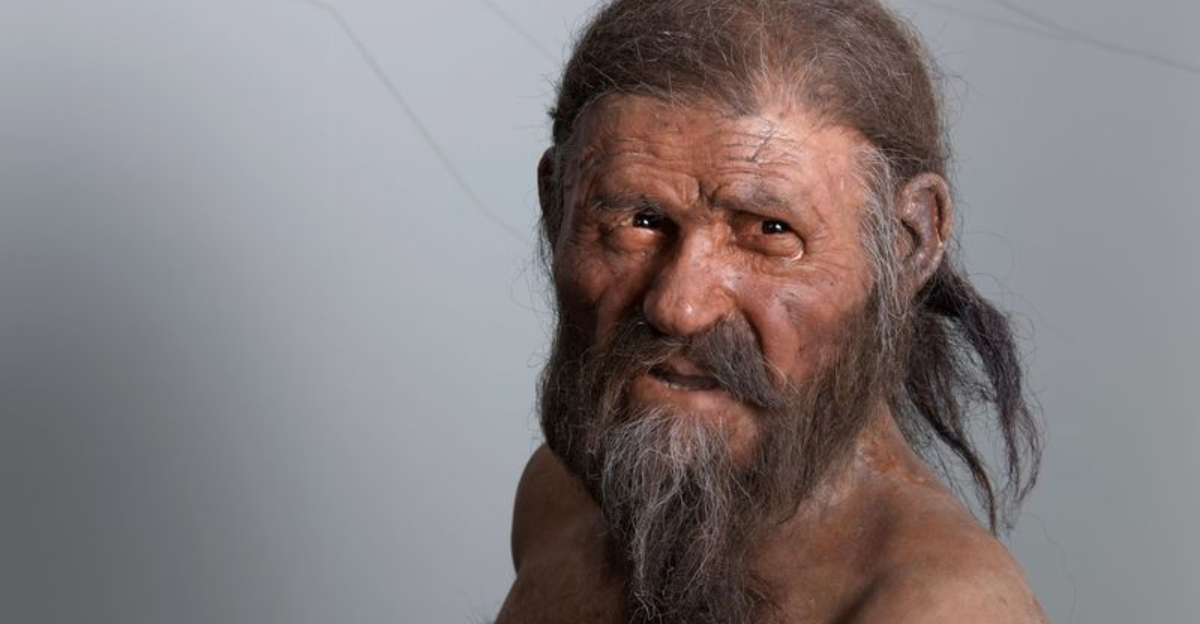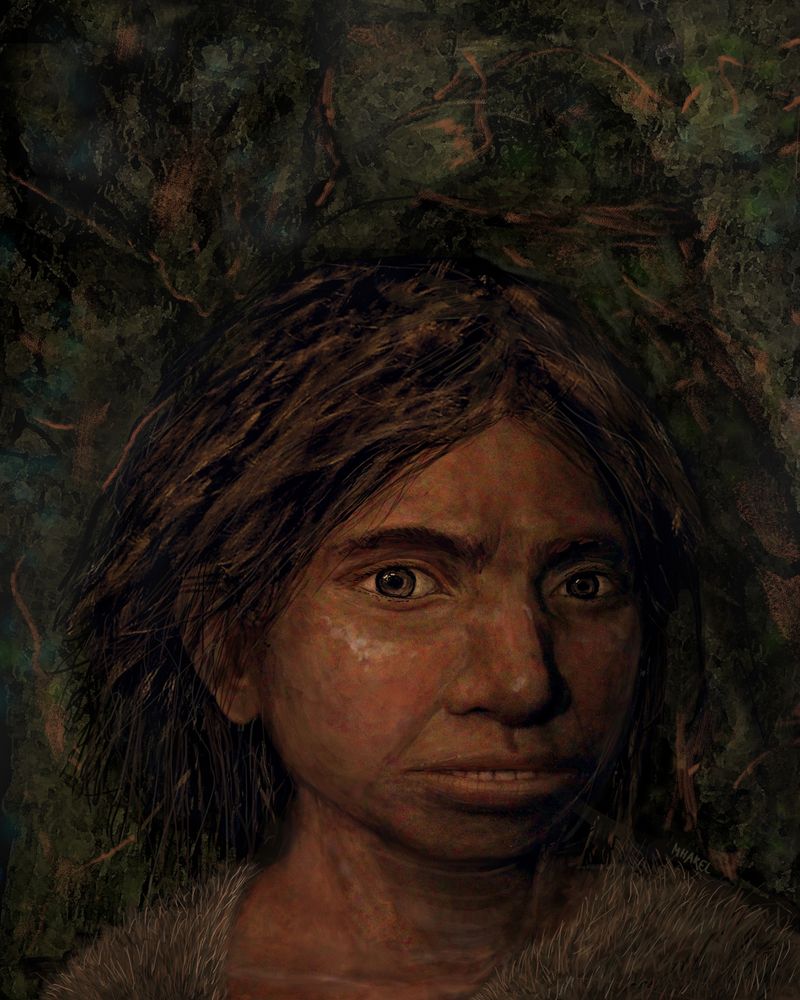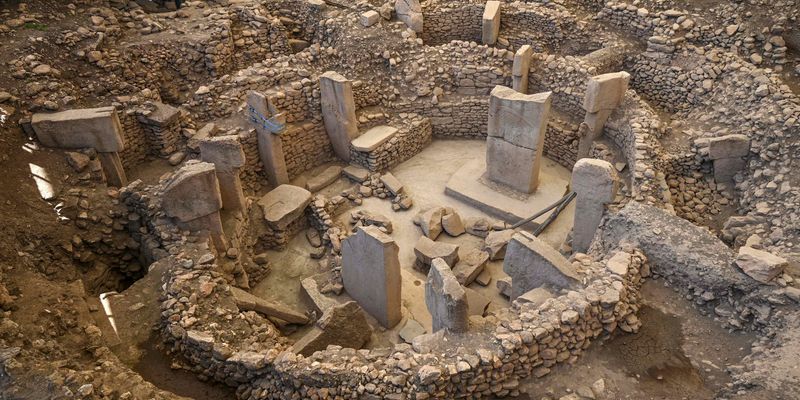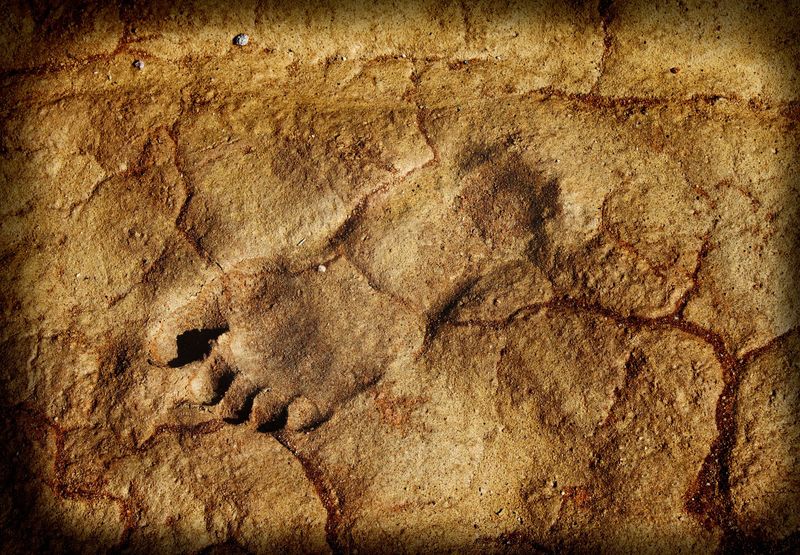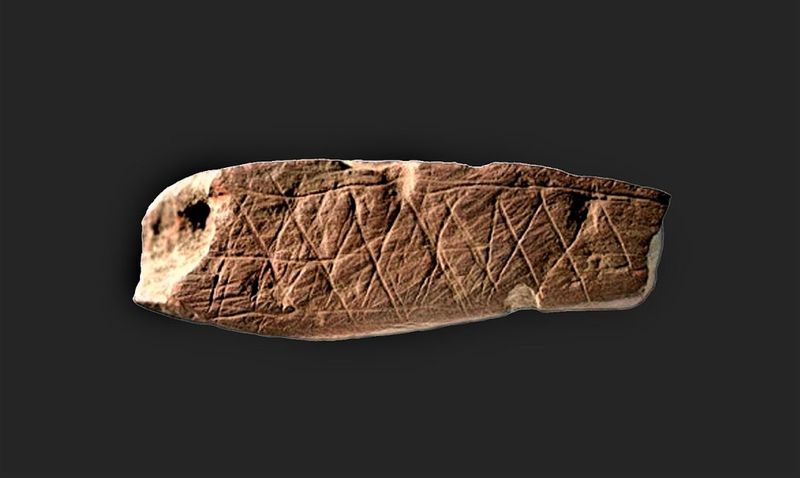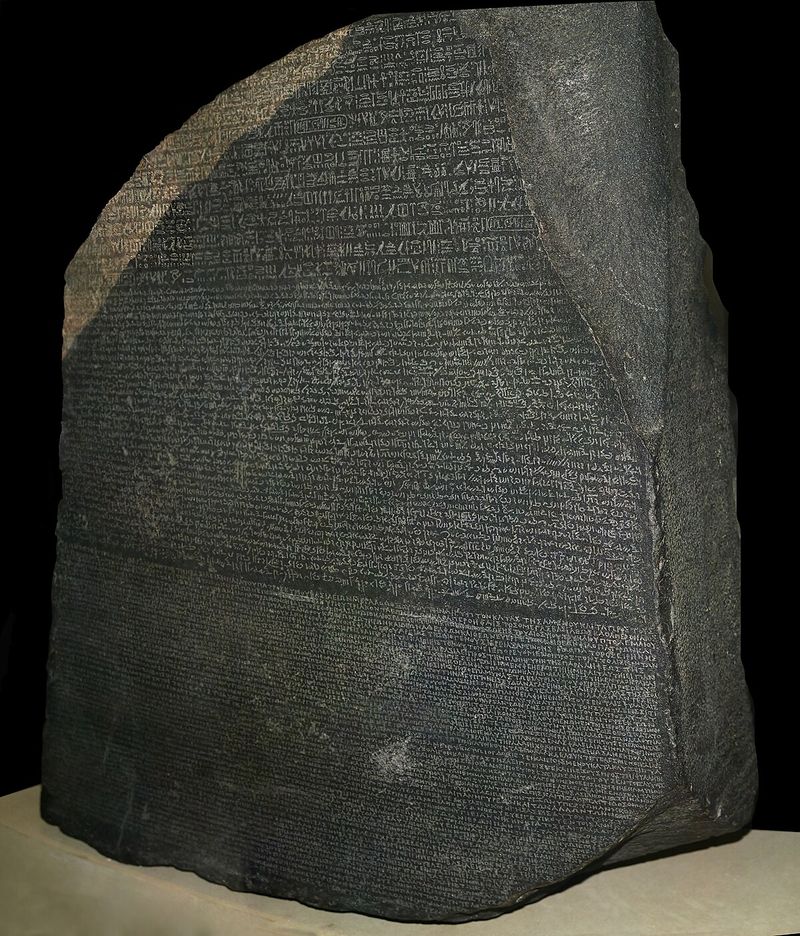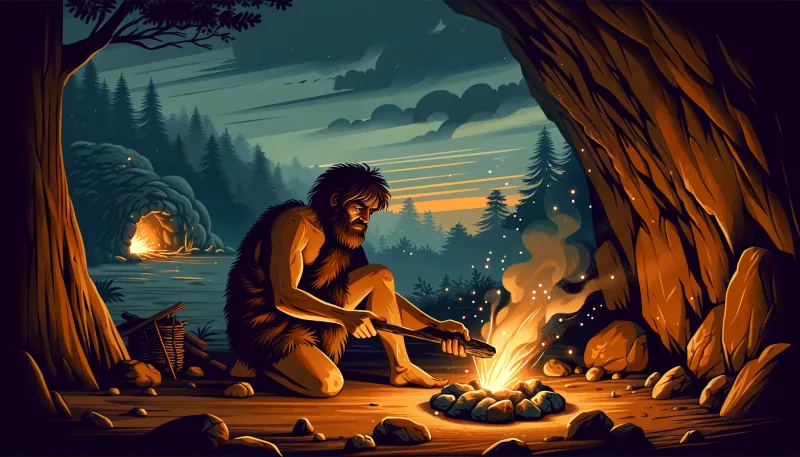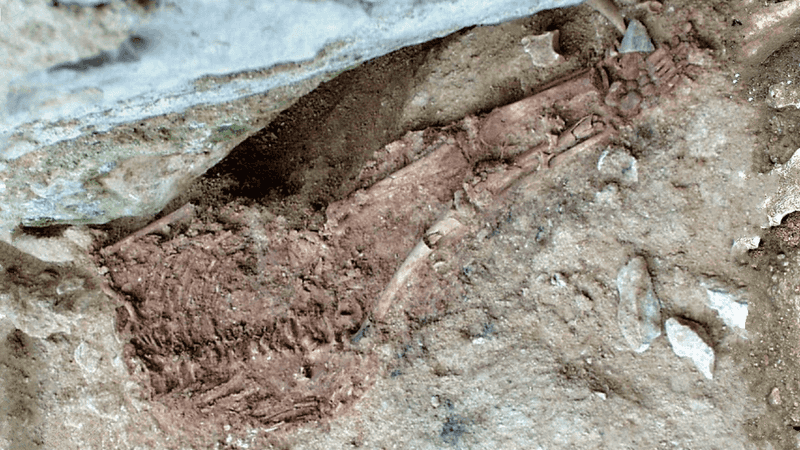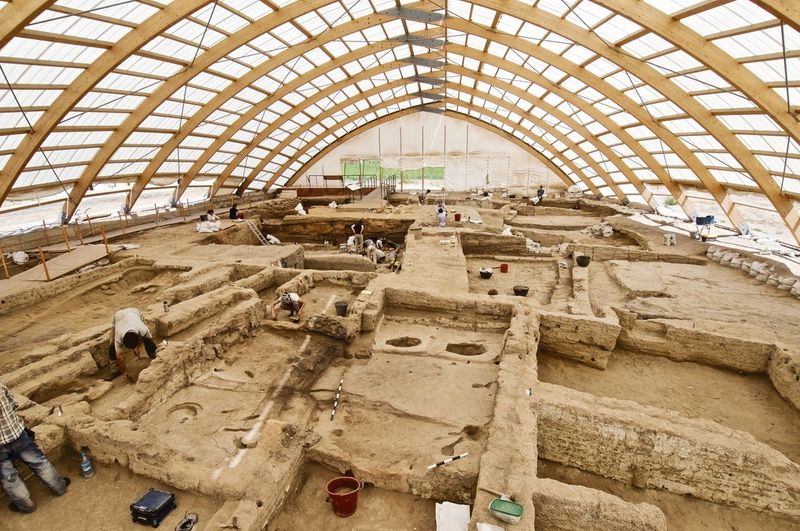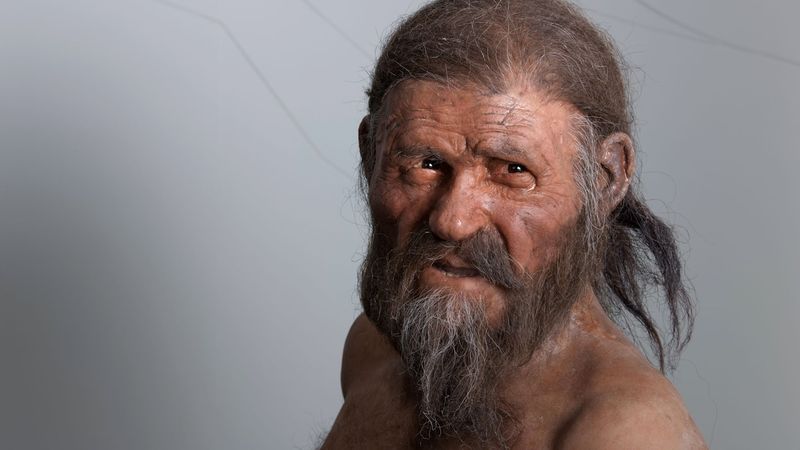History isn’t set in stone – it’s constantly being rewritten as new discoveries challenge what we thought we knew. Archaeologists, scientists, and researchers keep finding evidence that forces us to reconsider our human story.
These groundbreaking discoveries don’t just add facts to textbooks; they completely transform our understanding of who we are and where we came from.
1. DNA Evidence Reveals Our African Origins
A tiny molecule changed everything we thought about human origins. DNA analysis, particularly mitochondrial DNA passed down from mothers, pointed all modern humans back to Africa. Scientists nicknamed this common female ancestor “Mitochondrial Eve.” She wasn’t the only woman alive then, but her genetic lineage survived while others disappeared. The Human Genome Project in the early 2000s delivered the final verdict: we’re all African under the skin. This discovery demolished old theories about separate human evolution in different regions, proving we share a common ancestral home in Africa roughly 200,000 years ago.
2. The Mysterious Denisovans Change Our Family Tree
From a single pinky bone found in a Siberian cave in 2008 emerged an entirely unknown human species. Scientists extracted ancient DNA that belonged to neither Neanderthals nor modern humans – the Denisovans had been discovered. Remarkably, their genetic fingerprints still exist in modern populations. People from Papua New Guinea carry up to 6% Denisovan DNA, which may have helped them adapt to high altitudes. This discovery transformed our understanding of human evolution from a straight line into a complex web. Our ancestors weren’t isolated – they met, mingled, and mated with different human species across tens of thousands of years.
3. Göbekli Tepe Rewrites the Timeline of Civilization
Rising from the Turkish hills stands a monument that shouldn’t exist. Göbekli Tepe features massive stone pillars carved with intricate animal reliefs, built around 9600 BCE – thousands of years before Stonehenge or the pyramids. The most shocking part? These sophisticated structures were built by hunter-gatherers, not farmers. Traditional theories claimed people needed agriculture and permanent settlements before building monuments. Göbekli Tepe flipped this assumption upside down. Perhaps religion and ritual gathering came first, driving humans to settle down and develop farming to support their spiritual centers. This single site forced archaeologists to completely rethink how civilization began.
4. Ancient Footprints Push Back American Settlement
For decades, the story seemed settled: humans first arrived in the Americas around 13,000 years ago as the “Clovis people.” Then footprints appeared in White Sands, New Mexico, dated to 23,000 years ago – instantly doubling how long humans have lived in the Americas. Sites like Monte Verde in Chile had already challenged the Clovis timeline. But fossilized footprints of children playing by an ancient lake left undeniable evidence. These discoveries completely transformed our understanding of early American migration. Multiple waves of settlers likely arrived by different routes – some following coastlines, others crossing land bridges – creating a much longer and more complex peopling of the Americas.
5. Blombos Cave Reveals Early Human Creativity
Hidden in a South African cave lay evidence that would revolutionize our understanding of human intelligence. Archaeologists discovered 75,000-year-old ochre pieces engraved with abstract geometric patterns and shell beads used as jewelry. Before Blombos, many scientists believed modern human behavior—art, symbolism, advanced thinking—emerged suddenly in Europe around 40,000 years ago. These artifacts pushed that timeline back by at least 30,000 years. The engravings weren’t random scratches but deliberate patterns requiring planning and abstract thought. The shell beads, carefully pierced and strung, represent the world’s earliest known jewelry—proving our ancestors were capable of symbolic expression and complex thought far earlier than we ever imagined.
6. The Rosetta Stone Unlocks Ancient Voices
A chance discovery by Napoleon’s soldiers in 1799 would eventually give voice to an ancient civilization that had been silent for centuries. The Rosetta Stone contained the same text in three scripts: hieroglyphics, demotic Egyptian, and ancient Greek. Linguist Jean-François Champollion spent years cracking the code, finally announcing his breakthrough in 1822. Suddenly, thousands of hieroglyphic inscriptions covering Egyptian temples, tombs, and monuments became readable. The decipherment opened a floodgate of knowledge about ancient Egyptian religion, politics, literature, and daily life. Without the Rosetta Stone, one of humanity’s greatest civilizations would have remained largely mysterious, its voices forever silenced by time.
7. Fire Control Sparked Human Evolution
A million years ago in Wonderwerk Cave, South Africa, our ancestors achieved something revolutionary – they tamed fire. Archaeological evidence shows intentionally controlled flames, not just opportunistic use of natural fires. This mastery completely transformed human evolution. Cooking unlocked calories from tough foods, fueling bigger brains. Firelight extended productive hours and created gathering spaces for social development and knowledge sharing. Fire also provided protection from predators and access to colder environments, allowing humans to spread across the planet. What seemed like a simple discovery – controlling flames – may have been the single most important technological breakthrough in human evolution, reshaping our bodies, minds, and social structures.
8. The Lapedo Child Reveals Ancient Interbreeding
In 1998, archaeologists uncovered the skeleton of a 4-year-old child in Portugal’s Lapedo Valley. Dating to 24,500 years ago, the child’s bones told an extraordinary story of connection rather than replacement. The skeleton showed a unique mix of features – the robust body of a Neanderthal with the chin and teeth of a modern human. This wasn’t just cultural exchange; it was genetic proof of interbreeding between species previously thought separate. Nicknamed the “Hybrid Child,” this discovery challenged the dominant narrative that modern humans simply replaced Neanderthals. Instead, it suggested a more complex story of coexistence and integration, forcing scientists to reconsider how we define human species and their relationships throughout prehistory.
9. Ancient DNA From Çatalhöyük Rewrites Farming’s Spread
Nestled in Turkey lies Çatalhöyük, one of the world’s earliest large farming settlements. Recent DNA analysis of its 9,000-year-old inhabitants revealed something unexpected – remarkable genetic diversity within a single community. Scientists once believed agriculture spread primarily through mass migration of farmers replacing hunter-gatherers. The genetic evidence told a different story: farming knowledge traveled faster than farmers themselves. Rather than wholesale population replacement, local hunter-gatherers adopted agricultural techniques while maintaining their genetic lineages. This discovery transformed our understanding of how civilization spread – not through conquest but through cultural exchange and innovation, with diverse groups learning from each other while maintaining their unique identities.
10. Ötzi the Iceman: A Perfectly Preserved Time Capsule
In 1991, hikers stumbled upon what looked like trash in the Alps. Instead, they’d discovered a 5,300-year-old murder victim preserved in ice – Ötzi the Iceman. His body carried 61 tattoos, possibly for pain relief. His stomach contents revealed his last meals. Most surprisingly, he died violently – an arrowhead lodged in his shoulder and a blow to the head. His copper axe showed early metallurgy was more advanced than previously thought. Ötzi provided an unprecedented window into Copper Age life. From his sophisticated clothing (different animal skins selected for specific properties) to his tools and weapons, he wasn’t a primitive caveman but a technologically advanced individual with specialized knowledge – completely changing our perception of prehistoric Europeans.
